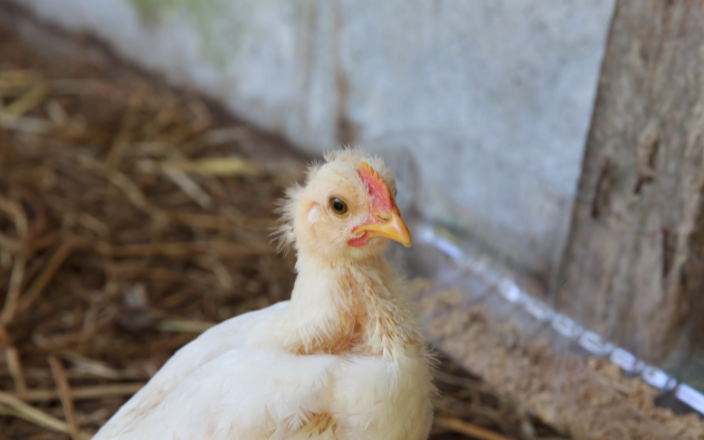Vietnam has recently made headlines by reporting its first human infection with a low pathogenic avian influenza (LPAI) A (H9N2) virus. This development has raised concerns among health authorities and the public, given the history of avian influenza outbreaks globally.
Understanding the H9N2 virus
The H9N2 virus is a subtype of avian influenza that primarily affects birds. Unlike the highly pathogenic avian influenza (HPAI) A (H5N1) virus, which has caused significant outbreaks in poultry and cattle worldwide, the H9N2 virus is considered less severe. However, any human infection with avian influenza warrants close monitoring and investigation.
How does human infection occur?
Wild water birds serve as natural hosts for avian influenza viruses. These infected birds shed the virus in their saliva, mucous, and feces. While rare, human infections can occur when the virus enters a person’s eyes, nose, mouth, or is inhaled. People with direct or close unprotected exposure to sick or dead birds are at risk, especially in areas where avian influenza is endemic among wild birds.
The vietnamese case
The first human infection with the A (H9N2) virus in Vietnam occurred in an adult with underlying medical conditions. The patient was hospitalized on March 16, 2024, and remains under close monitoring and treatment. Fortunately, there is no evidence of person-to-person transmission at this time.
Global context
Vietnam is not alone in facing sporadic human infections with avian influenza viruses. Since 1998, more than 100 cases have been reported in China, Hong Kong, Bangladesh, Cambodia, Egypt, India, Oman, Pakistan, and Senegal. Although some deaths have been documented, most infections with H9N2 avian influenza result in mild upper respiratory tract symptoms.
H9N2 in birds
In Vietnam, A (H9N2) viruses are the most commonly identified avian influenza viruses. They represent over 50% of all subtyped detections from live bird markets in the country. These viruses circulate in bird populations across Asia, Europe, the Middle East, and Africa. While they cause few signs of disease in infected wild birds, poultry workers in Vietnam have previously shown antibodies to H9 viruses.
Surveillance and coordination
The Hospital for Tropical Diseases, supported by the Oxford University Clinical Research Unit (OUCRU), sequenced a portion of the genome from the Vietnamese patient. The results were consistent with earlier influenza A (H9) viruses. The Pasteur Institute Ho Chi Minh (PI-HCM) also confirmed the presence of influenza A (H9) viruses.
The Centers for Disease Control and Prevention (CDC) closely monitors the H9N2 situation and collaborates with domestic and international partners. While there is no immediate threat to the U.S. public, vigilance remains crucial.
In conclusion, Vietnam’s first human case of avian influenza H9N2 serves as a reminder of the ongoing risks posed by these viruses. Public health efforts must continue to track and respond to emerging infectious diseases, even when the impact on humans appears limited.
Sources: Available upon request

